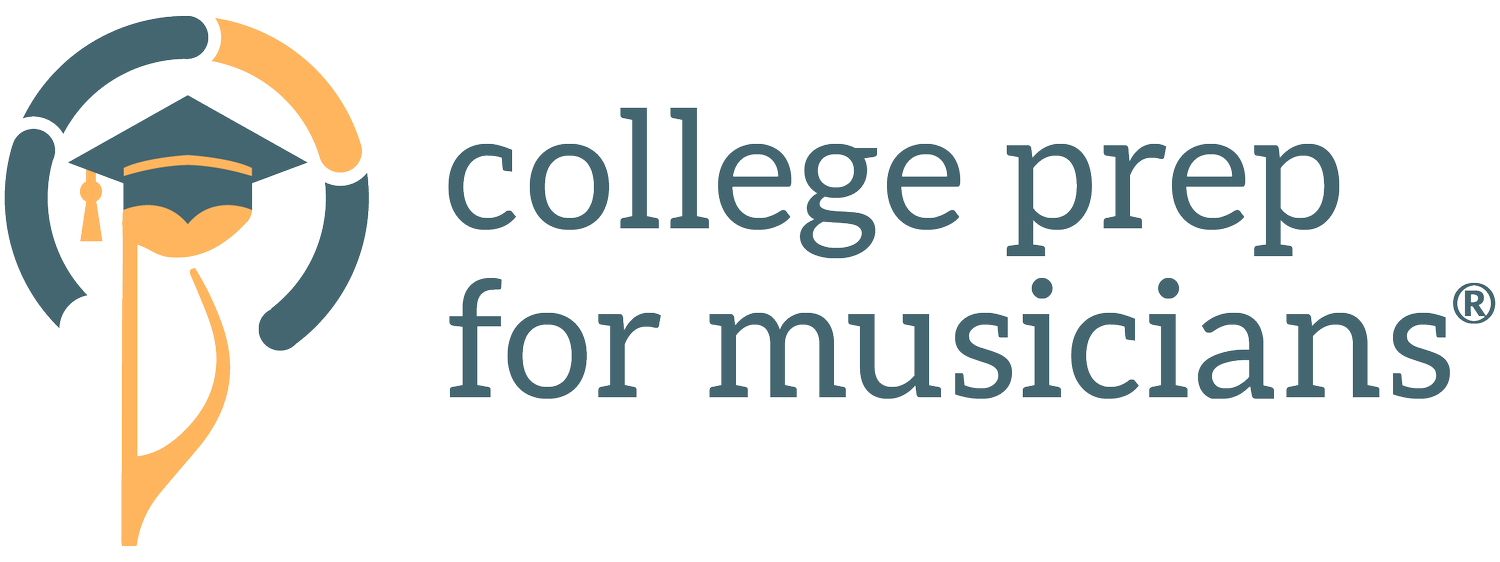Some Resources for Understanding Your Financial Aid Letter
You’ve made it! Auditions are done, and you’ve received the good news that you (or your students) are being offered admission to several schools. The next step, though, can be the most confusing of all—how to evaluate offers of financial aid and scholarship. There are two important points to understand.
The difference between official vs unofficial offers: Until you receive the official information from the Office of Admission and the Office of Financial Aid, you should not trust any “offer.” I say this because in the performing arts, faculty members interact with applicants more so than in regular college admissions. There are master classes, sample (consultative) lessons, and studio classes where applicants and faculty may connect. You might play in a master class and the teacher says, “I want to admit you to my studio and I’ll make sure you get a full scholarship!” While this is encouraging, it is not real until you apply and receive the official offer of admission and financial aid/scholarship.
Schools have budgets, too: If you crunch the numbers and come up short, contact the financial aid office at the school where you want to enroll and ask if there is any more help available. There may be, and having the conversation with the school is important. However, multiple requests for more aid do not necessarily result in more funds. Be clear about what you need the first time you appeal, and the school will do what it can to help you.
Federal Resources
An important part of most financial aid offers is federal aid. If you completed the FAFSA, you have applied for federal aid. Since the aid is, by definition, federal, the best place to look for information is on federal websites. Here are a few:
https://studentaid.gov/ - This is the homepage for federal aid information.
https://studentaid.gov/h/understand-aid/how-aid-works - This page discusses how financial aid works, including reviewing your aid offer.
https://studentaid.gov/complete-aid-process/accept-aid - This page has some very solid advice about how to decide what aid to accept, and how to accept it.
Other Resources
Student aid may include state aid as well as federal aid. For example, New York State offers TAP grants and Texas has a state aid application similar to the FAFSA.
NACAC (the National Association for College Admission Counseling) has a 23-minute podcast called “Understanding Financial Aid Award Letters.” NACAC membership includes both high school counselors and college admissions staff members, all of whom are dedicated to making the journey to college accessible and understandable.
NASFAA (the National Association of Student Financial Aid Administrators) also supports transparency and accessibility to information about student aid. Their resource page for students and parents includes a link to an Aid Offer Comparison Worksheet. The worksheet has a very helpful glossary of terms to help you understand the (sometimes impenetrable) language of financial aid.
Making sense and making decisions are challenging tasks when it comes to college enrollment. There are many resources available, but the links above will take you to expert information. And if you need to talk with someone, remember that the professional staff members in a school’s office of financial aid are there to help.

